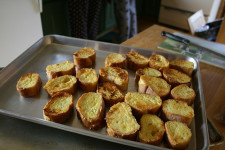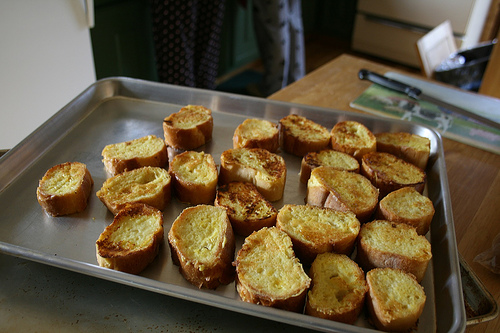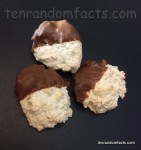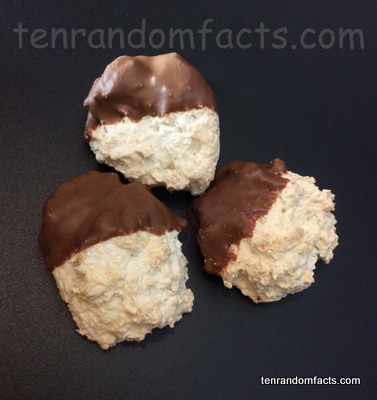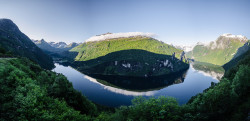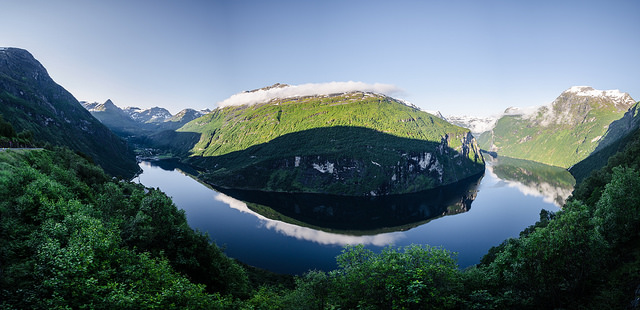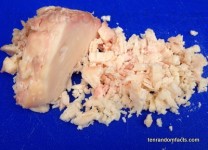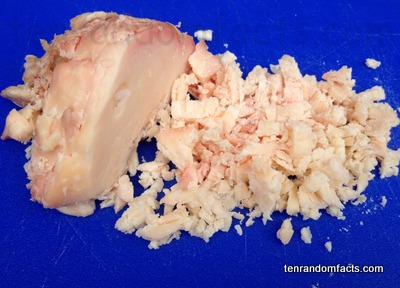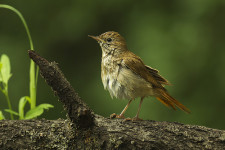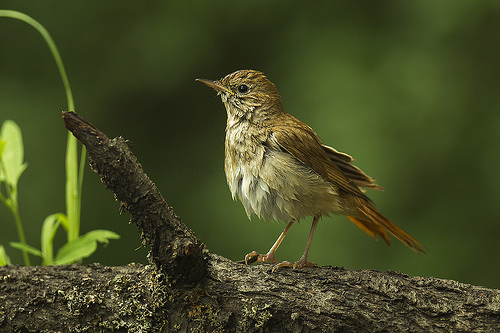
Do you believe in curses like those of Gaiola Island?
- Gaiola Island is a pair of adjacent islets, found off the coast of Italy’s Naples, in Europe, and the island is surrounded by and sits above underwater ancient Roman ruins.
- Gaiola Island is situated in a picturesque area, approximately 27 metres (90 feet) from the Italian coast, and is accessible by swimming.
- ‘Gaiola Island’ is also known as ‘Isola della Gaiola’ in Italian and was known as ‘Euplea’ in Ancient Roman times.
- A bridge made of stone was built across the two Gaiola Island islets, giving the connection a natural appearance.
- A temple to the Roman goddess of love, Venus, was erected on Gaiola Island during the Roman period, but has since fell into ruin.
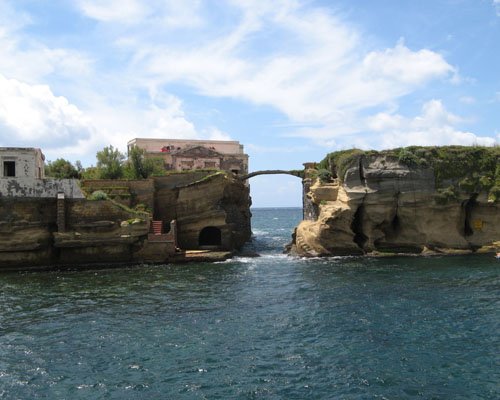
Gaiola Island
Image courtesy of Wikimedia Commons
- It is thought that a curse has been inflicted upon Gaiola Island, as all of the island’s most recent owners and their families are said to have experienced unfortunate events, including a suicide, kidnapping, fatal illness, murder and financial ruin.
- Gaiola Island is renowned for once being home to a hermit in the 1800s, who was considered a practitioner of magical arts and is said to have cursed the island.
- The now abandoned villa of Gaiola Island is thought to have been built from the late 1800s or early 1900s, although it is likely that it was constructed upon an ancient pre-existing structure.
- While the word ‘gaiola’ literally means ‘cage’ or specifically ‘bird cage’, the meaning of the word in reference to Gaiola Island is believed to be derived from the Latin words ‘cavea’ and ‘caveola’, translated as ‘little cave’.
- Gaiola Island is in a strict nature reserve area as part of the Parco Sommerso di Gaiola (Underwater Park of Gaiola) and is, by default, now owned by the Italian region of Campania.
Bibliography:
Beautiful But Cursed Island Of Gaiola, n.d, Travelogue of An Armchair Traveller, http://armchairtravelogue.blogspot.com.au/2011/02/beautiful-but-cursed-island-of-gaiola.html
The Cursed Island of Gaiola, 2016, Amusing Planet, http://www.amusingplanet.com/2013/09/the-cursed-island-of-gaiola.html
Gaiola Island, 2015, Wikipedia, https://en.wikipedia.org/wiki/Gaiola_Island
Strutner S, Isola La Gaiola Is Freakishly Cursed, But Freakishly Beautiful, 2014, The Huffington Post, http://www.huffingtonpost.com.au/entry/isola-la-gaiola_n_5729552.html?section=australia





